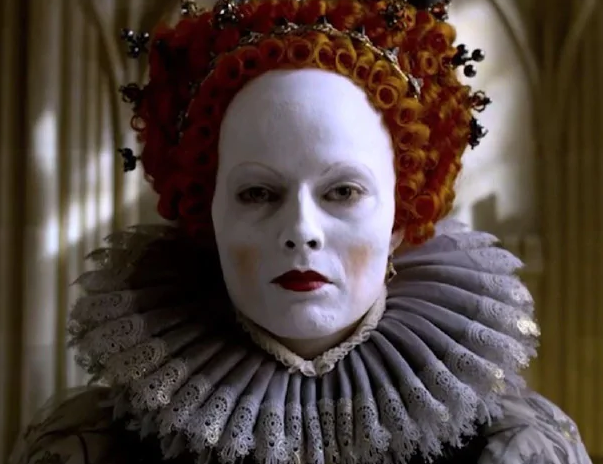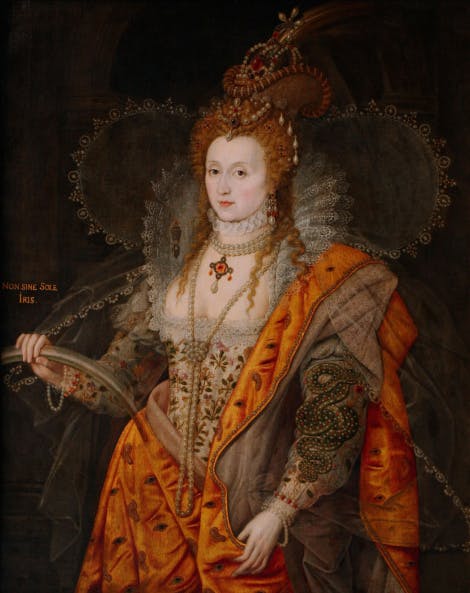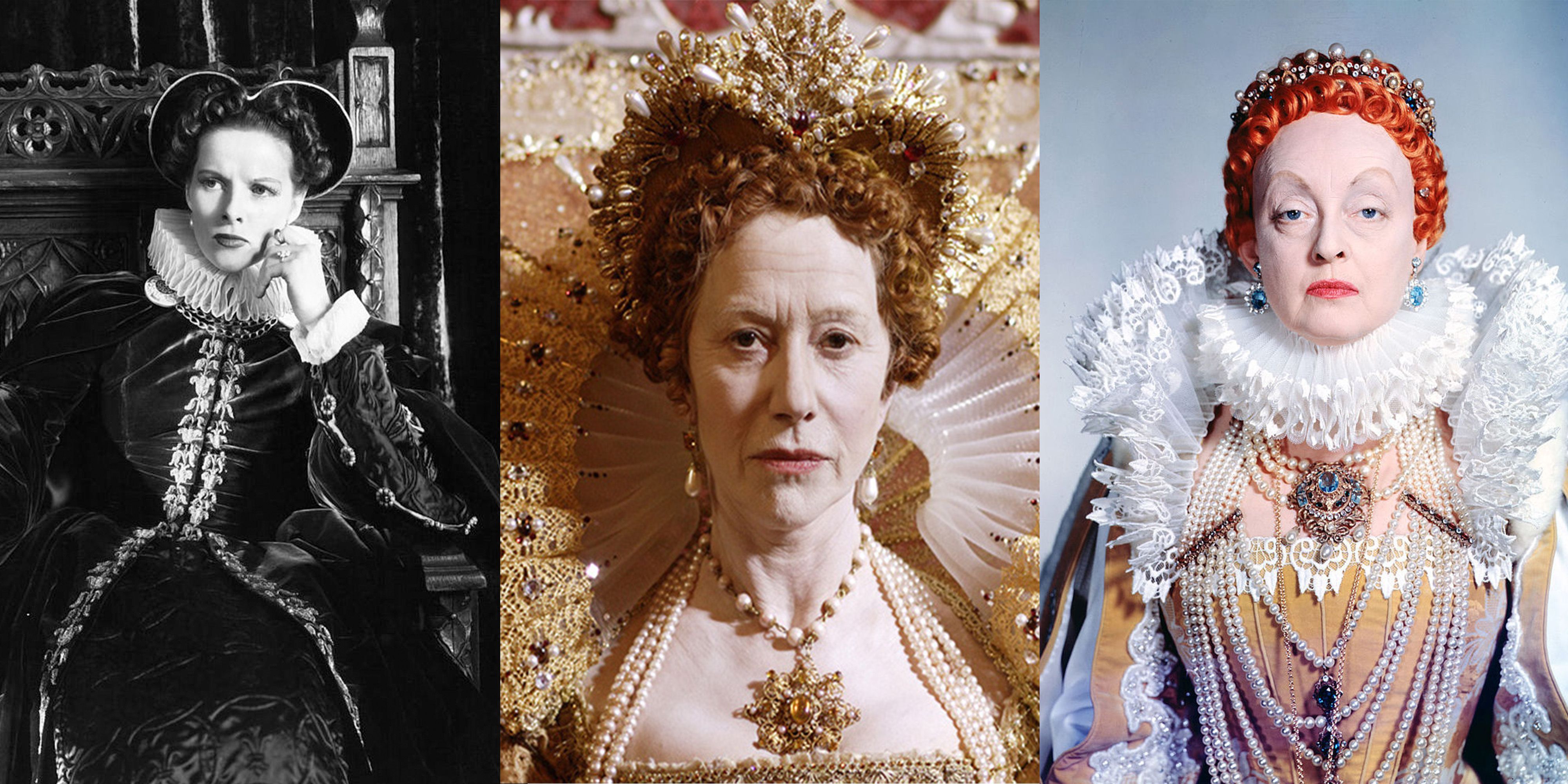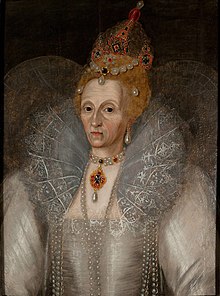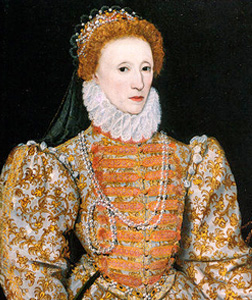Elizabeth I, also known as the "Virgin Queen," was one of the most influential and powerful monarchs in English history. She ruled England and Ireland from 1558 to 1603 and is credited with bringing stability and prosperity to the country during a time of great upheaval and change.
Elizabeth was born in 1533, the daughter of King Henry VIII and his second wife, Anne Boleyn. Her early life was marked by uncertainty and danger, as her mother was executed when Elizabeth was just two years old and she was declared illegitimate by her father. Despite this, Elizabeth was well-educated and highly intelligent, and she rose to become one of the most respected and admired rulers in European history.
During her reign, Elizabeth faced numerous challenges, including plots against her life, economic problems, and ongoing conflicts with other European powers. Despite these challenges, she was able to maintain a strong and stable government through a combination of cunning diplomacy, careful political maneuvering, and a strong sense of conviction.
Elizabeth was also known for her religious tolerance, as she sought to maintain peace between the different religious factions within her kingdom. This was a difficult task, as England was torn by religious conflict during this time, with Catholics and Protestants vying for power and influence. However, Elizabeth was able to navigate these complex issues with skill and tact, and she is remembered as one of the most successful and respected rulers in English history.
In addition to her political and diplomatic achievements, Elizabeth is also remembered for her cultural contributions. During her reign, England saw a flowering of literature, art, and theater, with many famous writers and artists flourishing under her patronage. This period, known as the Elizabethan era, is still celebrated today as a golden age of English culture.
Elizabeth I was a remarkable woman who faced countless challenges and obstacles throughout her life. Despite these challenges, she was able to rise to the top and become one of the most influential and respected rulers in history. Her legacy lives on to this day, and she continues to be remembered as one of England's greatest monarchs.
